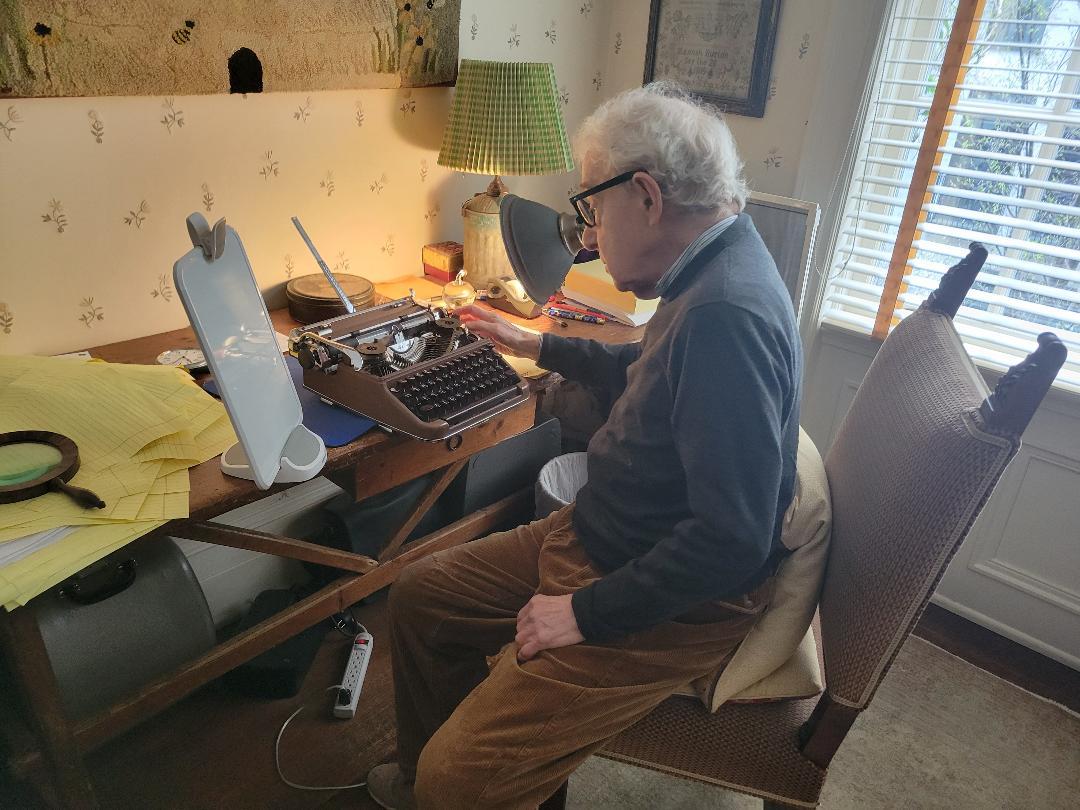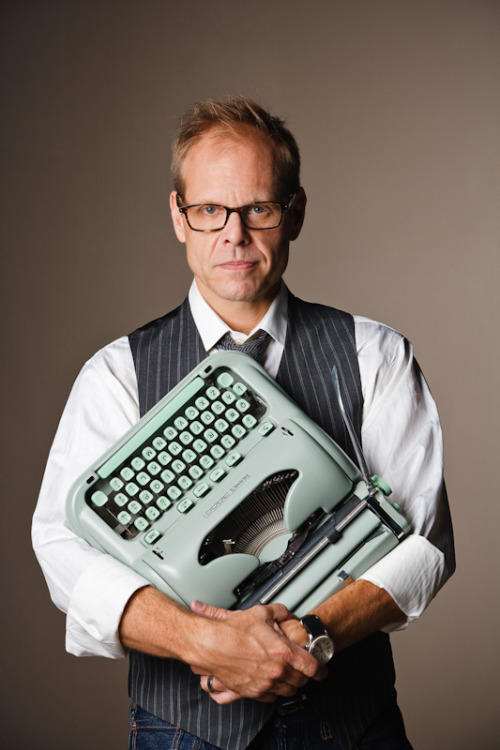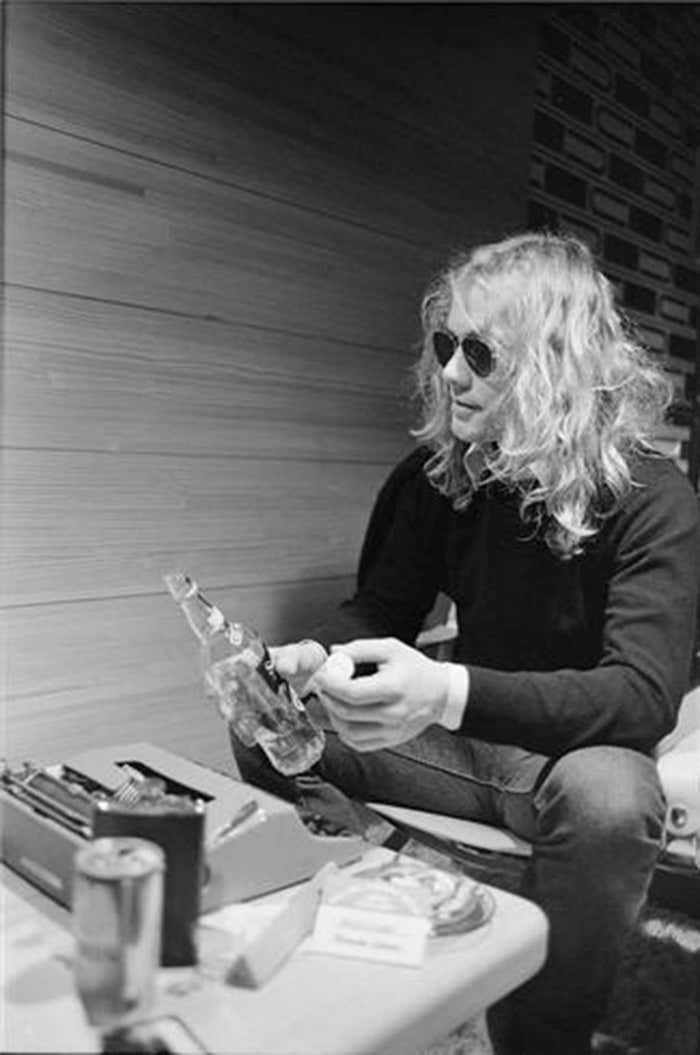reply to u/HenRoRo61
Earlier today, in a now-deleted post, someone had posted a question about identifying one of Helen Keller's typewriters based on this video in her archive.
Having done some initial digging, I thought I'd share some of the details I've found for those who may find it interesting.
According to researcher Richard Polt, Helen Keller was known to use both a Hammond and an L.C. Smith no. 5.
As for the Remington Noiseless, it definitely appears to be a mid-century Noiseless Standard with a tabulator. To know the year, you'd need either the specific serial number (to cross check https://typewriterdatabase.com/remington.42.typewriter-serial-number-database) or you'd need many more examples than the Typewriter Database currently has listed under the generic Remington Noiseless.
If you're careful at looking at the design choices and changes in some of the Remington Portables from that time period which would have likely tracked the design changes of their desktop standards, you might be able to extrapolate a closer dating based on the styling, but this will still only give you a dating within a year or so.
The tabulator was at the top of the keyboard by 1937, so you can probably presume it was a model from that point or thereafter until 1954. Most American typewriter manufacturers didn't make machines from '41-45 due to WWII, so you can discard those dates. Remington had moved into thicker/taller plastic keys by the early 1950s, so I would guess her machine was more likely from the late 1940s.
Looking more closely at the Remington Noiseless 10, I'd suggest that this is the most likely set of candidates, particularly in the timeframe of 1946-1947. Hers obviously had the openings in the rear and had the metal covers on the sides (as opposed to glass found on some models). Comparing hers in the film to some of these individual galleries may help to narrow things down with respect to dating.
Perhaps others with more Remington Standard experience, may be able to narrow things down here.
The appraisal of her Remington Noiseless in 1957 was $135.00.
One might find some close noiseless models in the $20-40 range + shipping (these are about 30 pounds and will cost about $35 for shipping) via ShopGoodwill.com. Here are some recent sales for comparison. Based on the video you'll want the bigger, heavier ones (25+ pounds) rather than the smaller portables with cases (usually under 20 pounds). Generally machines purchased this way are reasonably functional, but usually need some cleaning and work to be restored to full functionality.
Unless you're sure they're being sold by repair shops and have been cleaned and are fully functional, don't overspend on potential exemplars on sites like Etsy or eBay which are likely to be only marginally better (aka dusted off) than ShopGoodwill machines, but at 5-10x the price.
Hellen Keller's brailler: https://www.afb.org/HelenKellerArchive?a=d&d=A-HK08-B049-183&e=-------en-20--1--txt--typewriter------3-7-6-5-3--------------0-1
She apparently owned a \~1938 or 1939 Corona Silent as well: https://www.afb.org/HelenKellerArchive?a=d&d=A-HK08-B045-184.1.1&srpos=19&e=-------en-20--1--txt--typewriter------3-7-6-5-3--------------0-1
One might have some luck trying to find a Corona Silent typewriter from that era, but the unique color is going to put a machine like it into the $100-200 range (at a minimum and potentially going up from there depending on the condition) unless you get lucky at a garage sale somewhere.



















